Will we rank?
Ping. The notification bell at the upper, right-hand corner of my Trello dashboard lights up in a bright red hue. I have a new message.
“But will we rank?” the client’s message reads.
We’d inherited the Australian-based startup from a solid referral source. With a steady team of contributors, beautiful branding, and an energetic founder, we were excited to amplify the brand’s reach and drive organic search traffic by ranking for valuable keywords.
We’d recently on-boarded the startup and had begun initial research tasks: surveying the competitive landscape, performing technical audits, identifying influencers and investing in keyword research to determine keyword difficulty, to name a few. Strategy ramp-up was in full swing.
While we had performed solid keyword research, our client wanted reassurance that they had a shot at ranking for a specific high-value keyword. As a startup, their budget line put pressure on them to justify the precious hours that would be spent on keyword research, implementing optimizations, and performing targeted page promotions. “Is there ROI in this keyword?” is really what they were asking.
But as any rational data scientist will tell you, consulting a magic crystal ball isn’t standard protocol in SEO strategy or, for that matter, forecasting of any kind.
Now, I’m sure we can find a magic 8 ball lying around somewhere; you know, for giggles. But even they aren’t that accurate.
—
Me: “Do I have a shot with that dreamy actor, Milo Ventimiglia?”
Magic 8 Ball: “Concentrate harder and ask again”.
So… you’re saying there’s a chance?
—
But unlike predicting the future or serendipitous celebrity meetings, here at CanIRank, our Keyword Difficulty Tool can provide a clear understanding and probability of ranking for a particular keyword, and what it will take to get you there. But beyond that, it’s designed to educate you on keyword ROI, which we’ll get into later.
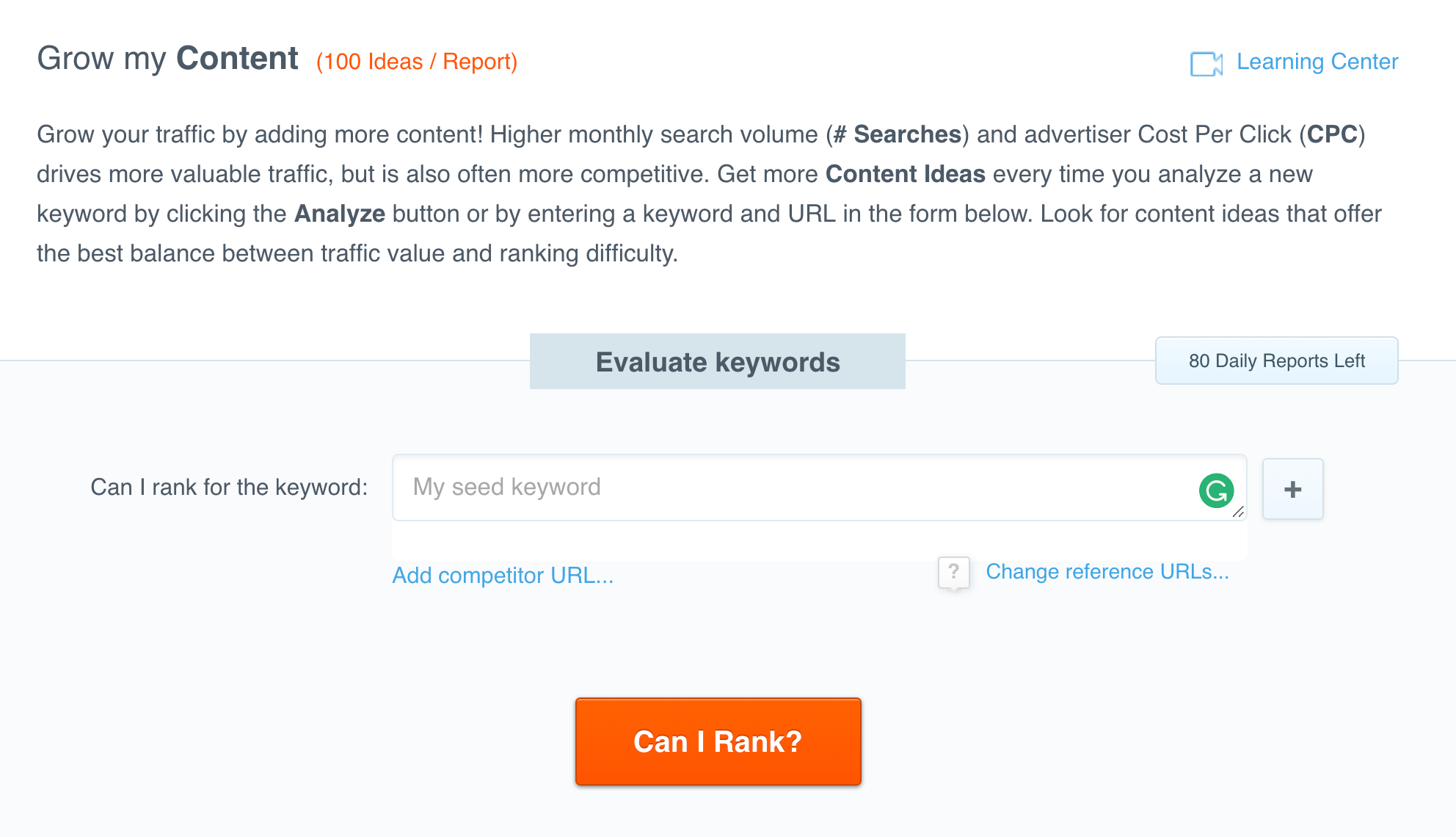
Keyword difficulty, traffic potential, and ranking probability
In the ultra-glamorous and slightly mysterious land of SEO, we get this question a lot. So, if you’re an SEO noob wondering, “what is keyword difficulty?” or how to interpret a keyword difficulty score, you’re in good company.
Clients often ask our team, “What does keyword difficulty entail? And what does it mean for my SEO strategy?”
Using the same machine learning techniques that power Google, CanIRank doesn’t just give you a keyword difficulty score, we show you which keywords offer the best balance between traffic potential and ranking difficulty specifically for your website.
Like Google, CanIRank’s Ranking Probability predictions are based on machine learning algorithms evaluating over 200 factors to determine whether or not your site can compete. Better data science means you don’t lose time chasing “false positives” that are actually too difficult for your site. CanIRank provides one of the most accurate keyword difficulty tools on the market currently.
Predictive, machine learning algorithms? Created by data scientists? Better than a magic, crystal ball.
Analyzing keyword competition as you would a traffic signal within your SEO strategy is an effective way for startups, consultants, and SEO newbies alike, to understand what keyword difficulty is and why it’s important. All it takes is the understanding of a few key elements that we’ll walk you through next. Then you’ll be on your way to evaluating keyword competitiveness and successfully ranking for keywords specific to your website.
What is keyword difficulty?
A scale of which keywords offer the best balance between traffic potential and ranking difficulty specifically for your website. Since this isn’t a post on how to calculate keyword difficulty, well avoid going down the technical rabbit hole and stick to what’s most important.
True story: In the spring of 2017 when we performed keyword research for our rad, Australian client, one of the high-value keywords we wanted to rank for returned a 61% ranking probability on our keyword difficulty checker. The keyword was worth $38,016 of free advertising every year and difficulty clocked in as a “yellow light”. These factors indicated that ranking wasn’t completely out of the realm of possibility, but it would require smart and diligent SEO to seal the deal.


Why is keyword difficulty important?
Much like a traffic light, keyword difficulty indicates when it’s in your best interest to proceed (green), when to proceed with exceptionally smart and diligent SEO (only after you’ve opened your eyes to the competitive landscape- yellow), and red, when the climate is highly unfavorable and detrimental to resources for you to proceed.
Why keyword ROI is even more important than keyword difficulty
Your primary goal shouldn’t be to find the easiest keyword. Find keywords that offer the most “bang for your buck”: lots of quality traffic relative to the ranking difficulty. Only CanIRank calculates Keyword ROI to show you the best opportunities specifically for your website.
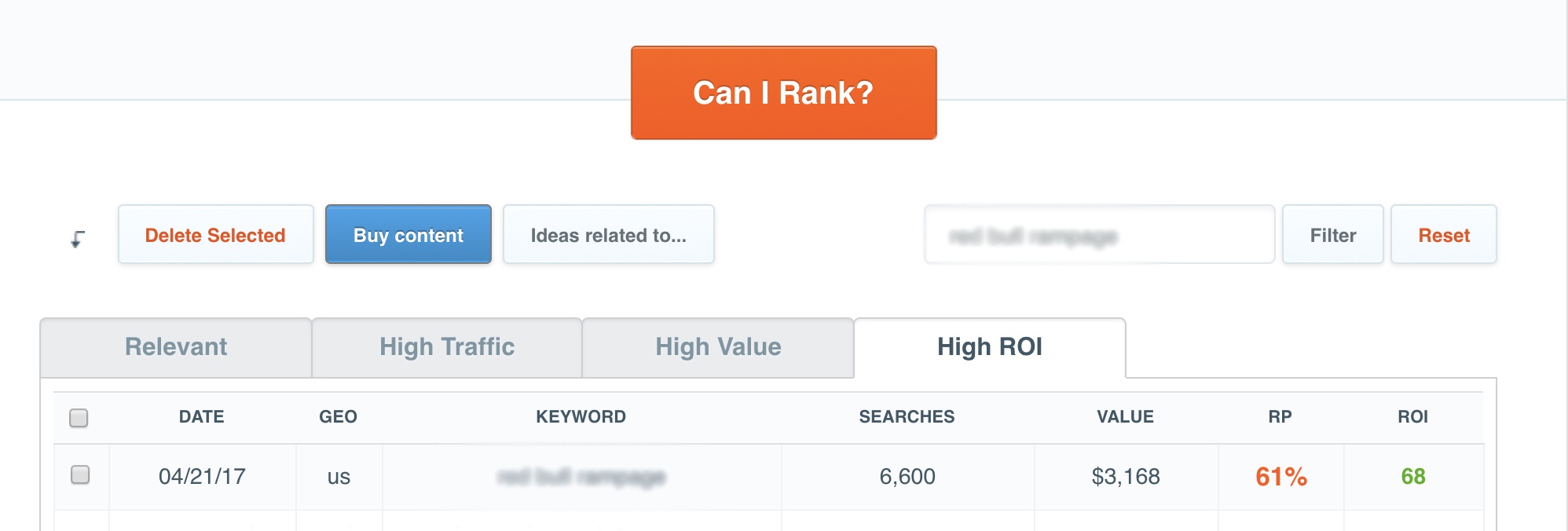
And finally…will you rank?
While other tools give you a single keyword difficulty score, CanIRank’s search engine results page analysis shows you why a keyword is challenging so you can understand what you’d need to improve in order to compete.
The best keyword difficulty tool should analyze the health of your website’s strength, page strength, website relevancy, and page relevancy, in addition to how your competition ranks in those areas. This analysis will give you a clear understanding of why a keyword is challenging for your website and where you can improve so you can crush your competition in the rankings.
Oh, and we know you’re still wondering if our rad client ranked for their high-value keyword.
After performing smart and diligent SEO, our rad client did indeed rank on page 1.
Boo-yah.

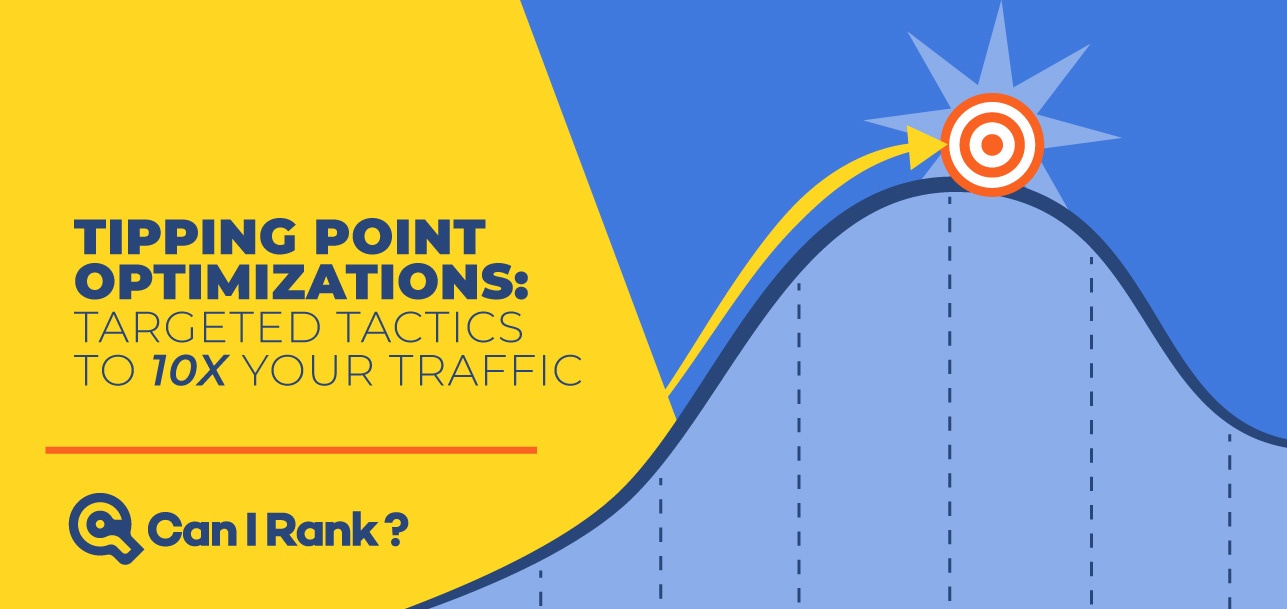
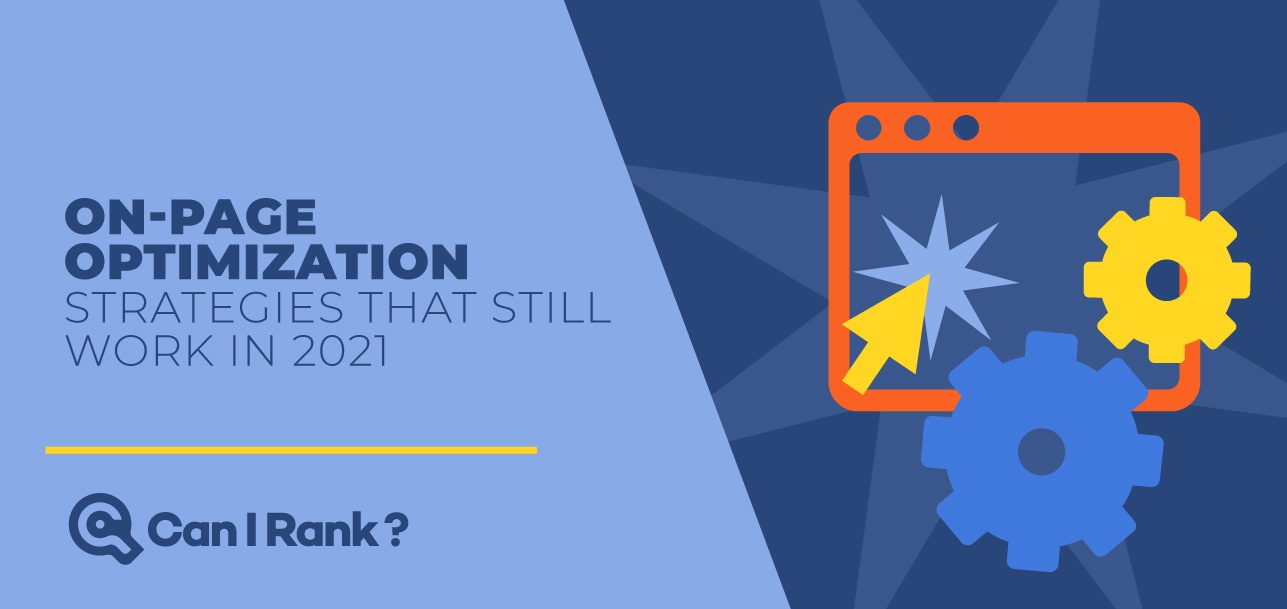
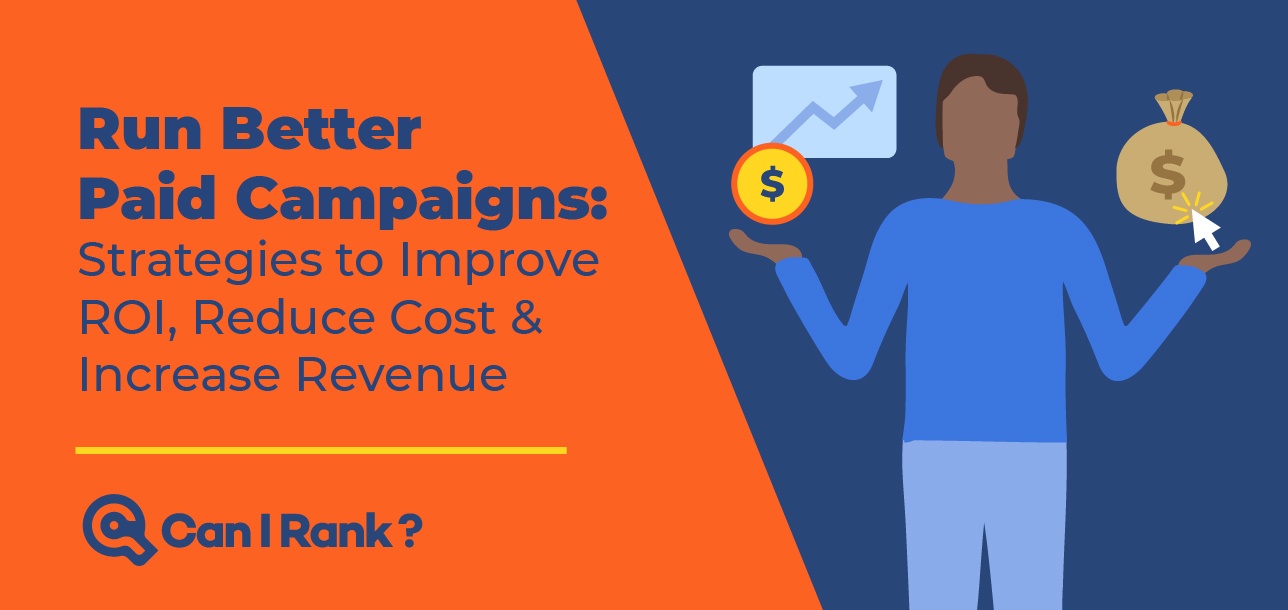
We advise clients not to obsess over rank. It’s certainly relevant but there are so many variables at play. Focusing on organic growth is better.